Starting the day with health news , readers can also read more articles: After high-intensity training, what foods does the body need to recover?; Things to keep in mind when choosing shoes to reduce pain ; Unexpected causes of stroke while bathing, not just cold water!...
When and how to eat bananas for good health
Bananas are a great source of vitamins, minerals, and support overall health and digestion. However, the timing of eating and the ripeness of the bananas are also very important.
Bananas contain many nutrients that are good for the intestines, such as:
Rich in fiber : Both soluble and insoluble fiber in bananas help promote elimination, soften stools, and make bowel movements easier. A small ripe banana contains about 2 grams of fiber, while a medium-ripe banana can contain about 4.5 grams of fiber.
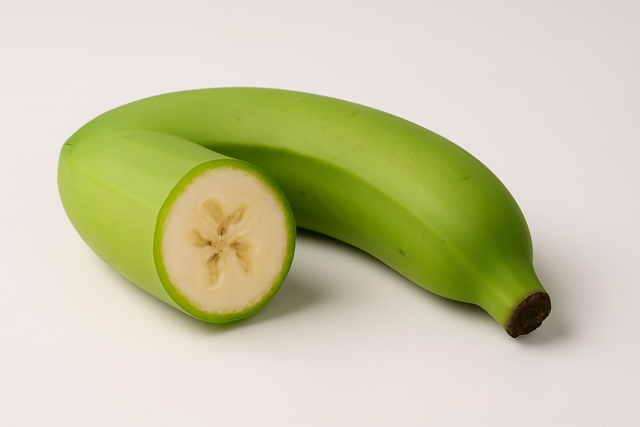
Green bananas contain up to 21 grams of resistant starch, suitable for people who need to control blood sugar.
Photo: AI
Contains prebiotics : Prebiotics support the digestive system, improve mineral absorption and regulate blood sugar. Supplementing about 5 grams of prebiotics per day can help improve gut health.
Source of resistant starch : Green bananas are a rich source of resistant starch, which cannot be broken down by the digestive system. Instead, resistant starch is fermented in the colon, helping to feed beneficial bacteria. They also play a role in preventing diseases and cancers related to the digestive system.
In particular, bananas help stimulate mucus production from the stomach lining, creating a protective barrier against acids that cause reflux and nausea. Eating bananas when nauseous is also a way to provide essential vitamins and minerals without causing stomach upset.
Choose bananas according to their ripeness. Unripe bananas contain more resistant starch and less sugar, so they are often more suitable for people who need to control their blood sugar levels.
On the contrary, fully ripe bananas (brown skin) are soft and slightly crumbly. Ripe bananas are also sweeter and contain less starch than unripe bananas. The next content of this article will be on the health page on July 12 .
Things to keep in mind when choosing shoes to reduce pain
Not only a familiar item, shoes also play an important role in protecting the body's musculoskeletal health.
Choosing the wrong shoes can cause many problems such as foot pain, back pain, knee pain and even hip pain. Therefore, choosing the right type of shoes will not only help you walk easily, but also support long-term health maintenance.
Wearing ill-fitting shoes can alter your gait and put excess pressure on your feet, ankles, knees, hips, and lower back. Over time, this pressure can lead to muscle and joint pain, especially if the shoes lack good support or the soles are worn out, says Saseendar Shanmugasundaram, MD, a rheumatologist in India.
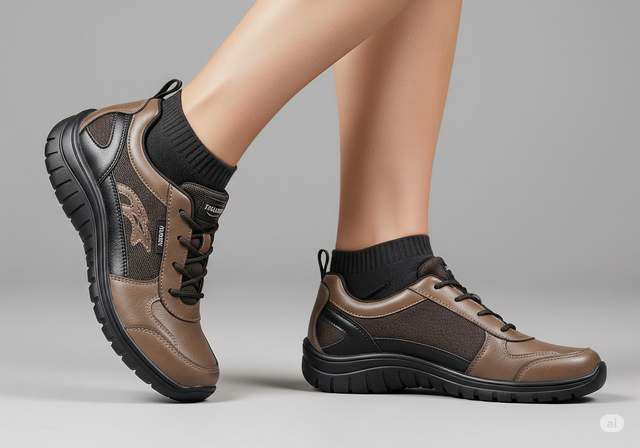
A good shoe should have elements such as clear arch support, soft cushioning, a sturdy heel, and an overall fit that fits the foot well.
Photo: AI
A good shoe should have elements like clear arch support, soft cushioning, a sturdy heel, and an overall fit that fits your foot.
Additionally, the heel should be low and the toe should be flexible to help the foot function properly, thereby reducing pressure on the joints when walking.
Not only the elderly but also young people, office workers or people who often have to stand or walk should also pay attention to the quality of the shoes they are wearing.
Lightweight shoes, soft midsole, slightly curved sole and foot-hugging design are suitable for many daily activities. The next content of this article will be on the health page on July 12 .
Unexpected causes of stroke while bathing, not just cold water!
Both hot and cold showers have their pros and cons. Depending on your lifestyle, medical history, and health goals, you can choose the one that works best for you.
Most health experts recommend bathing in warm water between 37.7 and 40.7 degrees Celsius. However, Jennifer Steinhoff, MD, a family medicine and sports medicine physician and member of the American Board of Medical Experts, says there are a few key points to keep in mind:

Bathing in water that is too cold can increase blood pressure, heart rate, and increase the risk of stroke.
Photo: AI
When sick: Take a warm bath.
Of course, in this case, a warm bath of no more than 40.7 degrees Celsius is ideal. Warm water helps to relax and rest, fighting fever.
Many people take cold showers to “cool down” their fever, but this is ineffective. When you are cold, your body shivers to warm itself up, which can raise your body temperature and put pressure on your immune system.
When you have muscle pain: Take a cold shower.
There are a number of reasons why athletes immerse themselves in cold water or ice after competition. Benefits may include:
- Relieves muscle pain and stiffness.
- Promotes faster recovery.
- Reduce muscle damage.
- Enhanced performance after recovery.
A review of 20 studies found that cold water immersion reduced creatine kinase (an enzyme in muscle cells; elevated levels in the blood can signal muscle damage) and lactic acid, which is produced in muscle cells when the body needs energy faster than oxygen is available. Start your day with health news to see more of this article!
Source: https://thanhnien.vn/ngay-moi-voi-tin-tuc-suc-khoe-cach-lua-chon-chuoi-phu-hop-the-trang-185250712001737914.htm







![[Photo] President Luong Cuong receives Speaker of the New Zealand Parliament Gerry Brownlee](https://vphoto.vietnam.vn/thumb/1200x675/vietnam/resource/IMAGE/2025/8/29/7accfe1f5d85485da58b0a61d35dc10f)

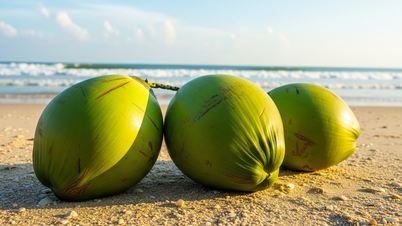



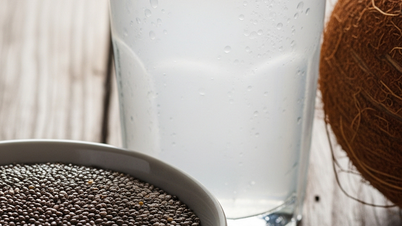
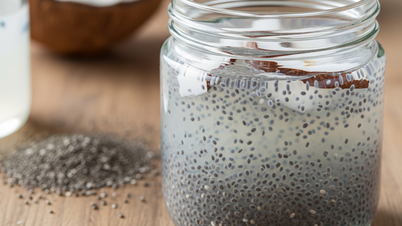








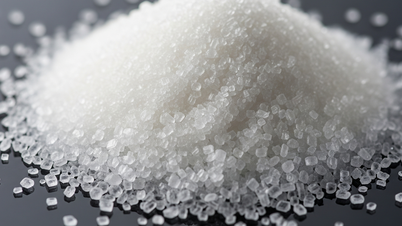












![[Photo] Hanoi is ready to serve the occasion of the 80th National Day Celebration on September 2nd](https://vphoto.vietnam.vn/thumb/1200x675/vietnam/resource/IMAGE/2025/8/29/c838ac82931a4ab9ba58119b5e2c5ffe)






























































Comment (0)